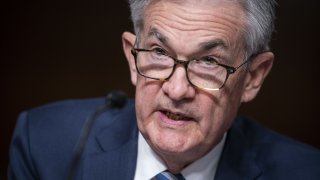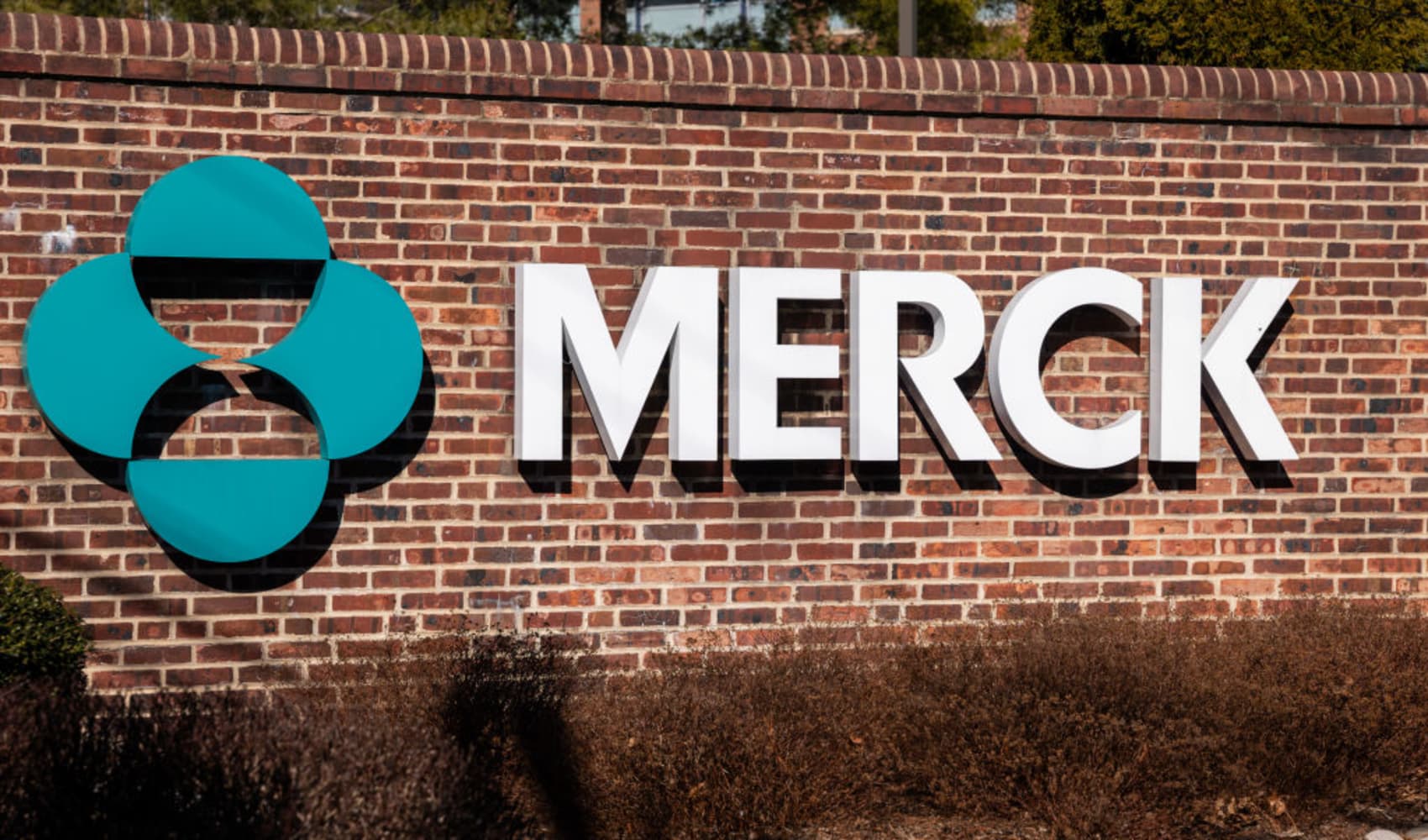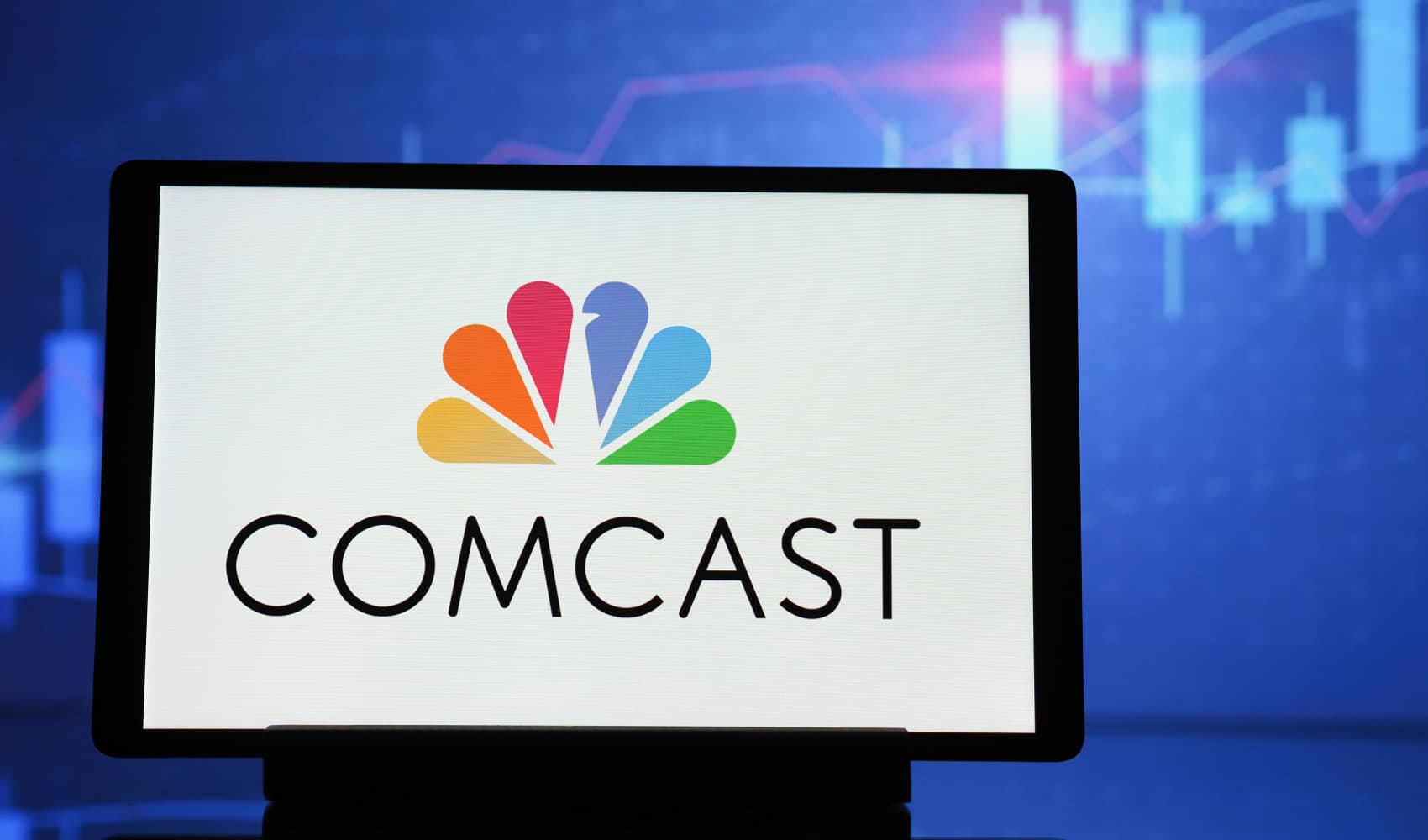
- The Fed will double the pace of the taper to $30 billion at its December meeting, which would roughly end the $120 billion in monthly asset purchases by March, according to the CNBC Fed Survey.
- The central bank will then hike rates three times in each of the next two years, starting in June 2022, the survey respondents predict.
- The CNBC Fed Survey had 31 respondents, including economists, strategists and money managers.
Here comes the Fed.
After 20 months of the most aggressive easing policies ever put in the place by the Federal Reserve — designed to combat the economic effects of the coronavirus pandemic — market participants now forecast a gradual reversal of central bank policy that will bring both a faster taper and quicker rate hikes over the next several years.
Get a weekly recap of the latest San Francisco Bay Area housing news. Sign up for NBC Bay Area’s Housing Deconstructed newsletter.
The CNBC Fed Survey finds that respondents expect the Fed to double the pace of the taper to $30 billion at its December meeting, which would roughly end the $120 billion in monthly asset purchases by March. The 31 respondents, including economists, strategists and money managers, then see the Fed embarking on a series of rate hikes, with about three forecast in each of the next two years. The funds rate is expected to climb to 1.50% by the end of 2023 from its range near zero today.
The first rate rise is now forecast in June, a sharp recalculation from the September survey when the first rate move wasn't expected until the end of 2022.

The Fed will hike until it hits its terminal rate of 2.3% by May 2024. But asked if the Fed will have to hike above its neutral rate to combat inflation by slowing the economy, 45% said yes, and 48% said no.
Money Report
"The economy has jumped far ahead of Fed policy rates," said Steven Blitz, chief U.S. economist at TS Lombard. "The only hope is to raise rates and hope inflation drops enough to bring everything into line."
Inflation outlook
The good news is that inflation is seen peaking in February 2022 and subsiding next year. The bad news: lower inflation next year means it will still be near 4% and closer to 3% in 2023, still above the Fed's 2% target. Meanwhile, 41% of respondents think the worker shortage will prove permanent, up from 24% in November; and 31% see the inflation problem as permanent, up 3 points, compared with 59% who continue to say it's temporary, down 5 points.
"If the pandemic continues to recede - each new wave of the virus is less disruptive to the health care system and the economy than the previous wave - the economy should be near full employment and inflation will be comfortably low by this time next year," said Mark Zandi, chief economist at Moody's Analytics.
Lost in the concern about inflation are some generally upbeat economic forecasts. Growth is seen near 4% next year and remaining above trend in 2023 at 2.9%. The unemployment rate is forecast to approach 3.8% in 2022 and continue to drop in 2023. The recession probability is a modest 19%.
But stock market gains are expected to be a small 1.5% next year compared with current levels, but gain 6% by year-end 2023. The 10-year yield by then is forecast to work its way up to 2.5%.
"We have a strong message coming from the bond market that it believes inflation pressures are indeed transitory," wrote Jim Paulsen, chief investment strategist of The Leuthold Group.
But John Lonski, president of Thru the Cycle, says, "Treasury bond yields are too low given consensus outlooks for inflation and economic growth in 2022."






